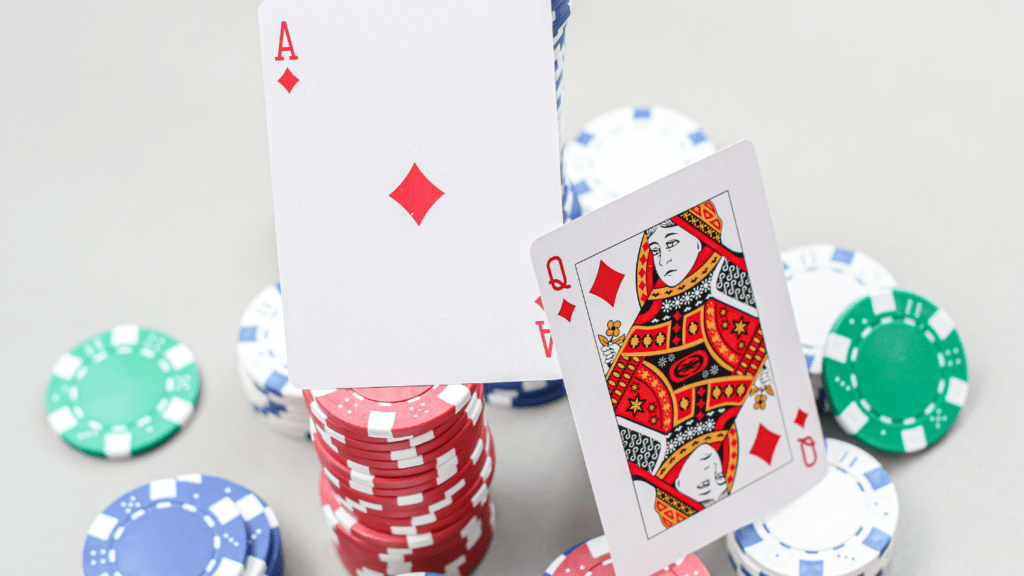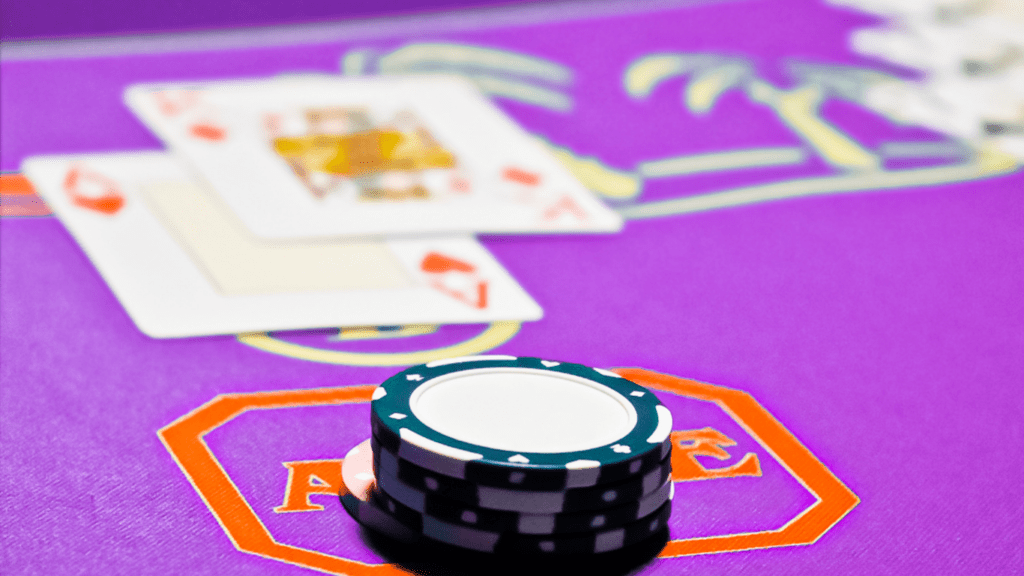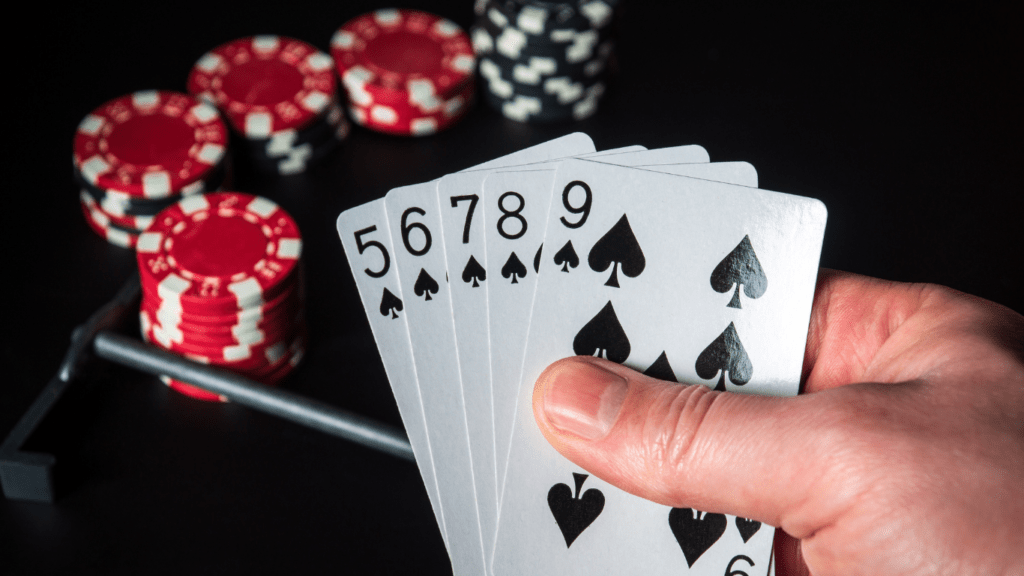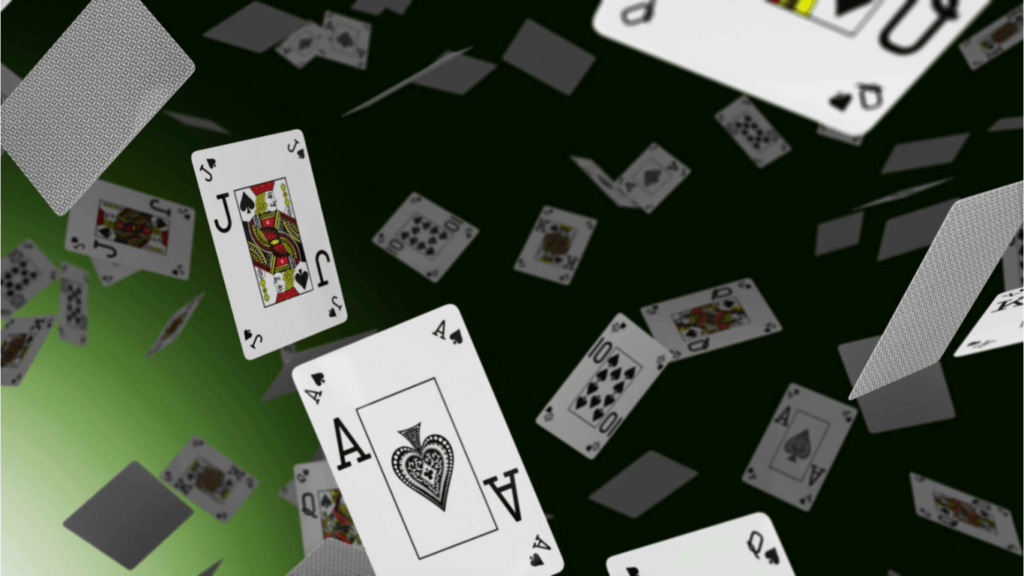Understanding The Basics Of Blackjack
Knowing the fundamental rules of blackjack is crucial for anyone aiming to master the game. The goal in blackjack is to get as close to 21 without exceeding it while beating the dealer’s hand. Understanding the card values is the first step. Face cards (Kings, Queens, Jacks) are worth 10 points each, Aces can be either 1 or 11, and all other cards carry their face value.
Gameplay Structure
The game begins with each player and the dealer receiving two cards. Players’ cards are dealt face up, while the dealer has one card face up and one face down. Players have several options during their turn:
- Hit: Request an additional card to improve the hand’s total.
- Stand: Keep the current hand and end the turn.
- Double Down: Double the initial bet and receive only one more card.
- Split: If the first two cards are of the same value, they can split them into two separate hands.
- Surrender: Forfeit half the bet and end the hand early.
House Edge
The house edge is the casino’s built-in advantage. In blackjack, this edge can range from 0.5% to 2%, depending on the rules and player decisions. Minimizing the house edge involves making strategic decisions based on the cards dealt and the dealer’s visible card.
Blackjack Table Layout

A standard blackjack table seats multiple players, usually five to seven. The dealer stands behind the table, dealing cards and managing bets. Players place their bets in designated areas before cards are dealt. Understanding the layout helps in quickly following the game’s flow and making timely decisions.
Payouts
A blackjack hand, composed of an Ace and a 10-point card, typically pays 3:2. Other winning hands pay 1:1. Insurance bets, offered when the dealer’s face-up card is an Ace, pay 2:1 but are generally not recommended due to the high house edge.
Understanding these basics forms a solid foundation for mastering blackjack and enhances one’s ability to employ advanced strategies effectively.
Essential Strategies For Winning
Mastering essential strategies significantly increases your chances of winning at blackjack. By effectively adopting these approaches, you can enhance your gameplay and minimize the house edge.
Basic Strategy Chart
Using a basic strategy chart is crucial. It provides optimal moves for every possible hand combination against the dealer’s upcard. For instance, always stand when holding a pair of 10s, or hit when holding an 8 or less. These guidelines maximize your winnings by reducing mistakes. You can find these charts online, and memorizing them can greatly improve your game.
Card Counting Techniques
Card counting techniques can shift the odds in your favor. This method involves keeping a mental count of high and low cards that have been dealt. A popular system is the Hi-Lo system, where you assign values to cards: -1 for tens and aces, +1 for cards 2 through 6, and 0 for 7 through 9. When the count is positive, you bet more. Casinos do monitor for counters, so vary your bet sizes and actions to avoid detection.
Bankroll Management
Effective bankroll management keeps you in the game longer. Determine your betting unit, which is 1-2% of your total bankroll. Set a stop-loss limit to avoid significant losses. Also, establish win goals to ensure profits. For instance, if you start with $500, your betting unit might be $5-$10. If you lose $100, it’s time to walk away. This disciplined approach ensures sustainability and longevity in your blackjack sessions.
By mastering these basic strategies, card counting techniques, and bankroll management practices, you can significantly enhance your blackjack skills and increase your chances of winning.
Advanced Tips For Experienced Players
Mastering basic strategies is essential, but to gain an edge, experienced players can use advanced techniques like shuffle tracking and hole carding.
Shuffle Tracking
Players monitor groups of cards through shuffles to predict favorable situations. The technique relies on observing card sequences and identifying high-value card clusters. For example, by tracking aces and tens, players can estimate when the deck becomes rich in these cards. Proper shuffle tracking requires attention to detail and practice, and it’s crucial to identify casinos with shuffling machines that are less automated.
Hole Carding
Players attempt to catch a glimpse of the dealer’s face-down card to make informed decisions. This technique involves keen observation skills and positioning at the table. For instance, players seated directly opposite the dealer have a better chance of catching a small peek during the dealing process. It’s important to remember that while hole carding isn’t illegal if the player doesn’t use external devices or collude, casinos may still ask players to leave if they suspect this practice.
By incorporating these advanced techniques, players can further refine their strategies and increase their chances of winning in blackjack.
Common Mistakes To Avoid
Even experienced players can slip up occasionally. Avoiding these common mistakes can significantly improve gameplay and results.
Ignoring Basic Strategy
Not following basic strategy often leads to unnecessary losses. Players should always use a basic strategy chart to guide decisions, as it reduces the house edge and maximizes winning opportunities. For example, always split aces and eights but never split tens or fives. Sticking to this strategy ensures more consistent results.
Poor Bet Sizing
Incorrect bet sizing can quickly deplete a bankroll or result in missed opportunities. Betting too much when the odds aren’t in your favor or too little when they are can dramatically impact outcomes. Players should adapt bet sizes based on the count in card counting systems like the Hi-Lo, increasing bets when the count is positive and decreasing when it’s negative. This approach optimizes returns and mitigates losses.
Popular Variations Of Blackjack
Several variations of blackjack offer unique rules and strategies to master. Understanding these differences can enhance your gameplay.
European Blackjack
European Blackjack features two key differences from the standard game. First, the dealer’s hole card isn’t dealt until after the player’s actions are complete. This increases the risk for players since they might not know if the dealer has blackjack before making their decisions.
Second, players can only double down on hands with values of 9, 10, or 11. This restriction makes strategic planning crucial. European Blackjack uses 2-8 decks of cards but mostly runs on 6-8 decks.
Spanish 21
Spanish 21 removes all 10s from the deck, leaving 48 cards. This increases the house edge if players don’t adapt their strategy. To offset this, Spanish 21 offers more liberal rules. Players can double down on any number of cards and re-double, up to three times. Additionally, late surrender allows players to forfeit half their bet after the dealer checks for blackjack. Special bonuses exist for 21s made with five or more cards, 6-7-8 hands, and 7-7-7 hands.
Understanding these variations can offer new advantages. While European Blackjack requires careful bet planning, Spanish 21 rewards flexible and aggressive strategies.



 Earlee Nelsonallers – Founder
Earlee Nelsonallers is the visionary founder of Smart Gamble Land, bringing over two decades of experience in the gambling industry. Passionate about strategy and innovation, Earlee has made it his mission to provide gamblers with advanced insights into winning techniques, effective betting systems, and casino game mastery. His deep understanding of gambling psychology has been the driving force behind the platform's success, making Smart Gamble Land a go-to resource for players seeking an edge. Earlee's dedication to educating and empowering gamblers sets the foundation for the platform's authoritative content.
Earlee Nelsonallers – Founder
Earlee Nelsonallers is the visionary founder of Smart Gamble Land, bringing over two decades of experience in the gambling industry. Passionate about strategy and innovation, Earlee has made it his mission to provide gamblers with advanced insights into winning techniques, effective betting systems, and casino game mastery. His deep understanding of gambling psychology has been the driving force behind the platform's success, making Smart Gamble Land a go-to resource for players seeking an edge. Earlee's dedication to educating and empowering gamblers sets the foundation for the platform's authoritative content.
